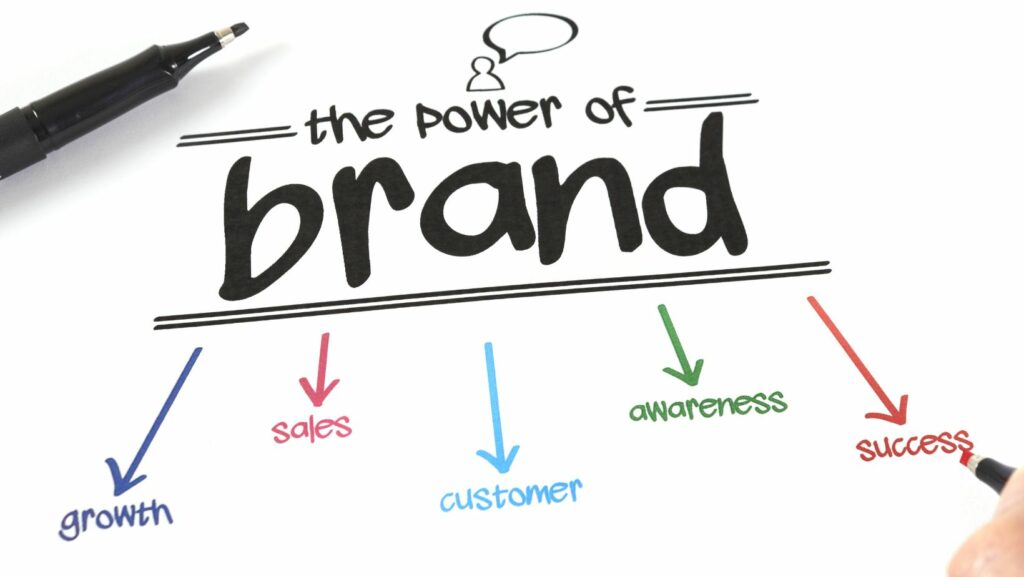In today’s digital landscape, brand safety is more crucial than ever. With the rise of online advertising and social media, brands face new challenges in protecting their reputation and ensuring their messages reach the right audience. Navigating this complex environment requires a solid understanding of brand safety guidelines that help companies safeguard their interests while engaging consumers effectively.
Implementing these guidelines not only mitigates risks but also fosters trust with customers. As brands strive to connect authentically in a crowded marketplace, adhering to best practices in brand safety becomes essential. This article will explore key principles and actionable strategies to help brands navigate potential pitfalls and maintain a positive presence in the digital world.
Brand Safety Guidelines
Brand safety guidelines serve as critical frameworks for protecting a brand’s reputation in the digital space. These guidelines encompass various strategies designed to ensure ads and content appear alongside appropriate and non-offensive material.
Protecting Your Brand Reputation
 Protecting brand reputation hinges on implementing effective brand safety guidelines. Establishing clear targeting criteria prevents associations with inappropriate content, shielding the brand from negative exposure. Monitoring content placement actively mitigates risks linked to ads appearing alongside harmful material. Collaborating with trusted advertising partners strengthens the brand’s presence and aligns messaging with reputable sources. By adopting governance policies, brands create a structured approach to safeguard their public image. This proactive stance helps brands avoid controversies that could damage their reputation and credibility.
Protecting brand reputation hinges on implementing effective brand safety guidelines. Establishing clear targeting criteria prevents associations with inappropriate content, shielding the brand from negative exposure. Monitoring content placement actively mitigates risks linked to ads appearing alongside harmful material. Collaborating with trusted advertising partners strengthens the brand’s presence and aligns messaging with reputable sources. By adopting governance policies, brands create a structured approach to safeguard their public image. This proactive stance helps brands avoid controversies that could damage their reputation and credibility.
Ensuring Consumer Trust
 Ensuring consumer trust relies on the consistent application of brand safety guidelines. Brands demonstrate commitment to ethical advertising by maintaining transparency about marketing practices. A dedicated team managing potential crises effectively addresses safety breaches and minimizes repercussions. Regular communication with stakeholders reinforces confidence in a brand’s intentions and reliability. Additionally, staying informed on industry trends enables brands to anticipate new challenges, adapting strategies to foster ongoing trust. By prioritizing consumer safety, brands cultivate loyalty and enhance long-term relationships with customers.
Ensuring consumer trust relies on the consistent application of brand safety guidelines. Brands demonstrate commitment to ethical advertising by maintaining transparency about marketing practices. A dedicated team managing potential crises effectively addresses safety breaches and minimizes repercussions. Regular communication with stakeholders reinforces confidence in a brand’s intentions and reliability. Additionally, staying informed on industry trends enables brands to anticipate new challenges, adapting strategies to foster ongoing trust. By prioritizing consumer safety, brands cultivate loyalty and enhance long-term relationships with customers.
Key Components of Brand Safety Guidelines
Content Filtering
 Content filtering establishes parameters for acceptable advertising environments. It involves assessing and categorizing content types to prevent associations with inappropriate or harmful material. Effective content filtering strategies include:
Content filtering establishes parameters for acceptable advertising environments. It involves assessing and categorizing content types to prevent associations with inappropriate or harmful material. Effective content filtering strategies include:
-
Keyword Blocking: Implementing lists of prohibited keywords ensures ads don’t appear next to controversial or brand-damaging content.
-
Category Exclusions: Defining specific content categories, such as adult content or violence, prevents ads from serving on unsuitable platforms or websites.
-
Real-Time Monitoring: Utilizing technology to scan content continuously helps identify emerging threats or inappropriate placements quickly.
-
Third-Party Verification: Engaging independent auditing services provides objective oversight of content placements, reinforcing brand safety efforts.
-
 Partner Assessment: Evaluating ad networks, publishers, and platforms to confirm their adherence to brand safety standards protects against negative associations.
Partner Assessment: Evaluating ad networks, publishers, and platforms to confirm their adherence to brand safety standards protects against negative associations. -
Certification Programs: Participating in recognized certification programs, such as the Interactive Advertising Bureau (IAB) standards, establishes credibility and trustworthiness in ad placements.
-
Audience Targeting: Utilizing robust audience targeting capabilities enhances ad placement relevance, reducing the likelihood of associations with undesirable content.
-
Analytics and Reporting: Regularly analyzing performance metrics and placement reports ensures compliance with brand safety protocols and allows for timely adjustments.
Common Challenges in Brand Safety
 Navigating brand safety in today’s digital landscape presents unique challenges. Brands must remain vigilant against evolving threats that could damage their reputation. By consistently applying brand safety guidelines and adapting to industry changes, they can mitigate risks effectively.
Navigating brand safety in today’s digital landscape presents unique challenges. Brands must remain vigilant against evolving threats that could damage their reputation. By consistently applying brand safety guidelines and adapting to industry changes, they can mitigate risks effectively.
Investing in robust monitoring and assessment tools is crucial. This enables brands to identify potential pitfalls before they escalate. Collaboration with trusted partners further strengthens their position, ensuring a cohesive approach to brand safety.
Ultimately, prioritizing brand safety not only protects reputation but also fosters trust among consumers. With a proactive stance and clear strategies in place, brands can thrive in an increasingly complex environment while maintaining integrity and loyalty.



